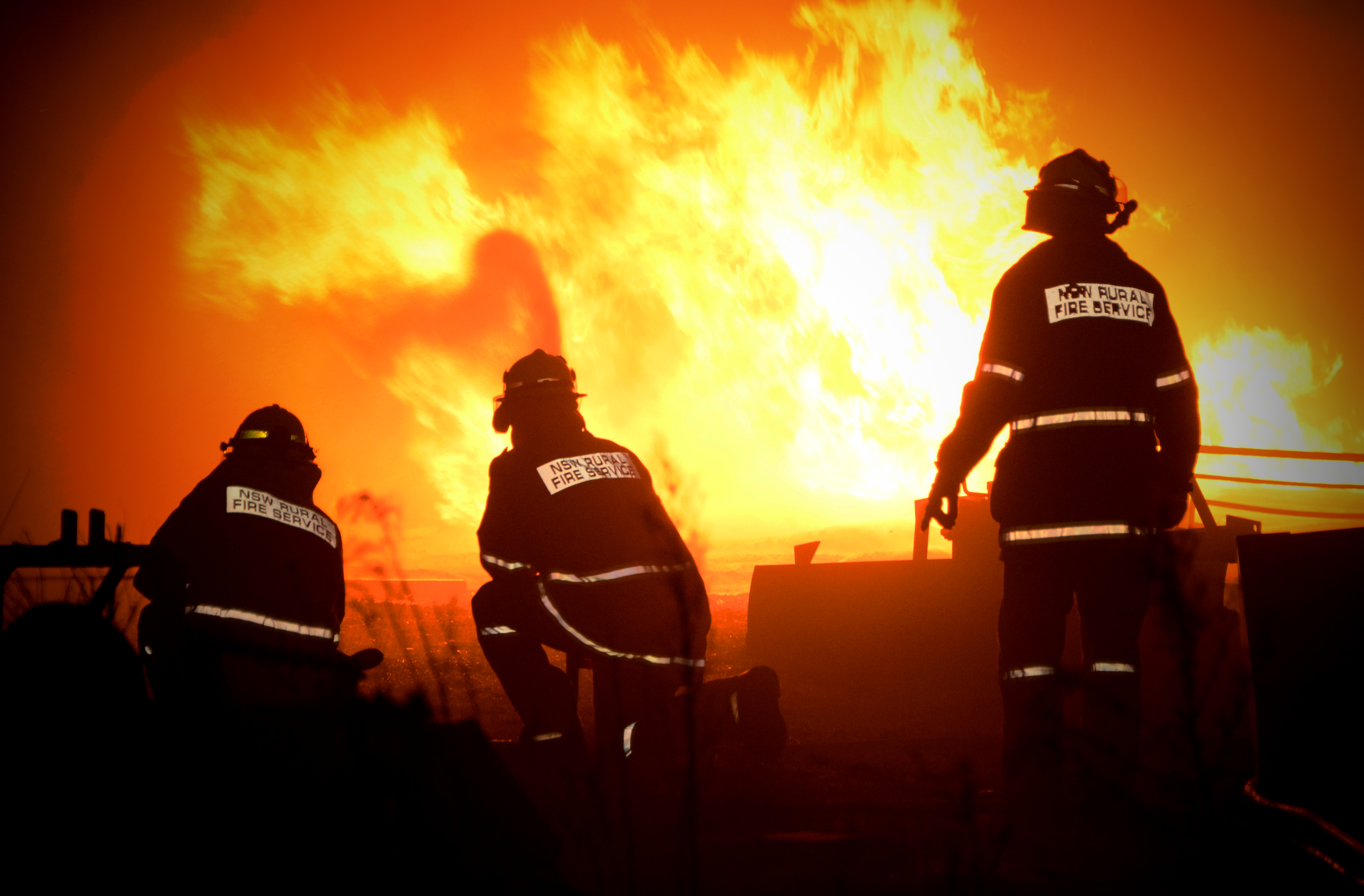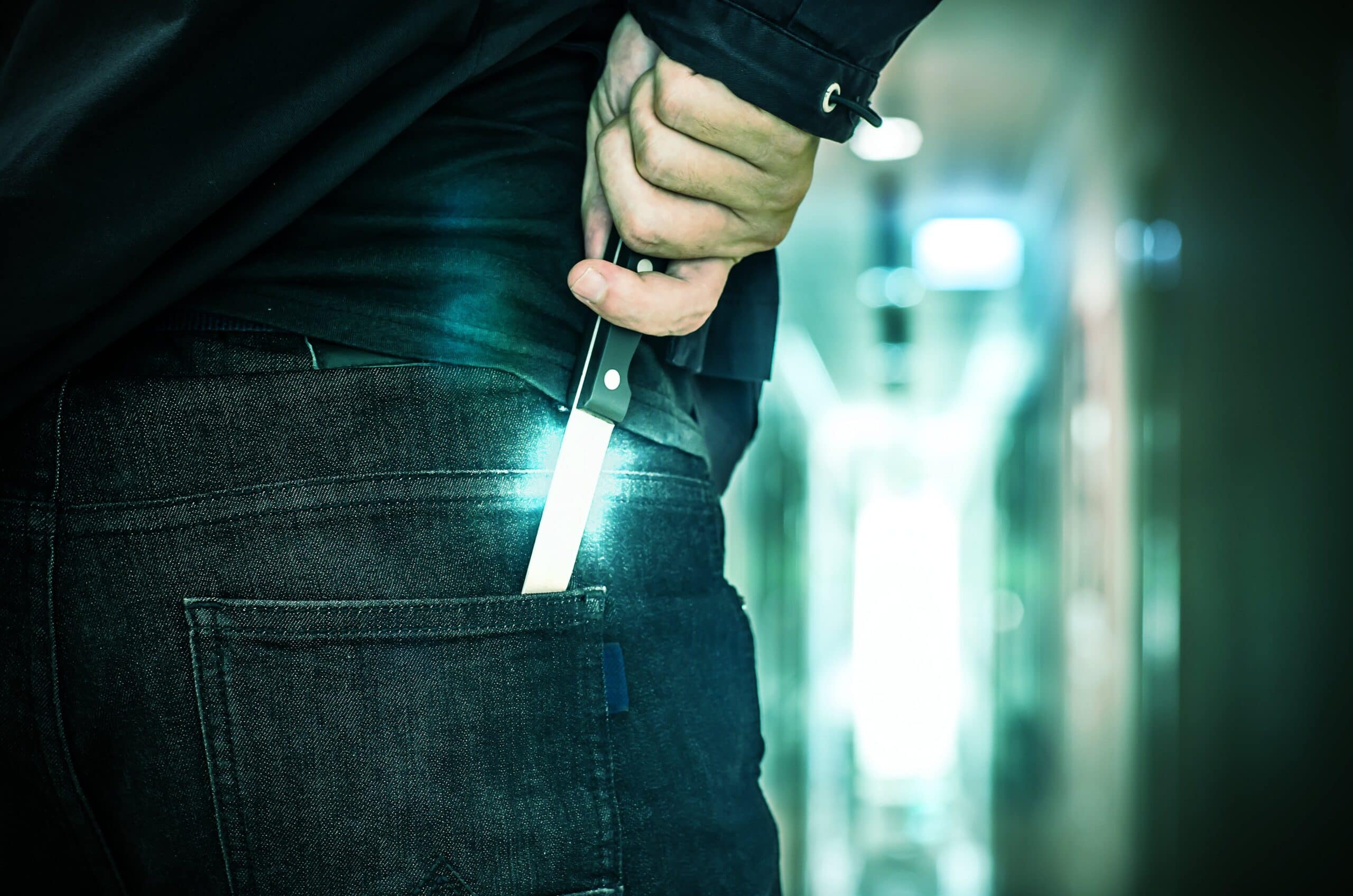Share This Article
A 47-year-old man from Melbourne has allegedly set grass fires in Melbourne city’s northern suburbs.
It is reported that the 47-year-old was arrested on Saturday in respect to three fires in Craigieburn & Roxburgh Park. It is alleged that he also set a number of fires back in October this year.
Luckily, before the fires could get to properties nearby the fires were extinguished by fire fighters.
The man will now appear before the Melbourne Magistrates Court on eleven counts of criminal charges, including intentionally causing bushfire and damage by fire.
Victoria has had 110 fires on Friday, with another thirty-three after midnight with 27 of them that continue to burn out of control.
The most significant concerning fires in Victoria include the one’s in east Gippsland where locals have been advised that it’s now too late to evacuate.
As a result of a change in weather, the fires in Ensay appear to now go in the direction of the township.
The fires in Marthavale-Barmouth have now gone towards Tambo Crossing.
The warnings now say that “The fire is now creating its own weather & is highly unpredictable”.
“You are in danger and need to act immediately to survive. The safest option is to take shelter indoors immediately. It is too late to leave.”
Andrew Crisp, Emergency Services Commissioner has said that 500 crew of firefighters and aircrafts have been prepared to stop the fires that started on 21 November, having burnt its way through 50,000 hectares of land.
Below is an outline on the penalties and defences of lighting bushfires in NSW.
Click here for an outline on the law and penalties for damaging or destroying property in NSW.
Law & Penalties for Deliberately Lighting a Fire Causing bushfires
Section 203E Crimes Act 1900 (NSW) prescribed a maximum punishment of 21-years jail for intentionally causing & spreading a fire to vegetation on a public land or on a person’s land.
Spreading a fire is defined as spreading a fire beyond the capacity of the person who caused the fire to extinguish it.
Causing a fire here means either light a fire, maintain a fire or fail to contain one, unless it was lit by another person or unless the fire was beyond control.
To be guilty of intentionally causing and spreading a fire in NSW, the police must prove each of the following elements beyond reasonable doubt:
- The accused caused a fire and did so intentionally; and
- At such time, the accused was aware of the possibility of the fire spreading to vegetation on public land or someone else’s land, yet continued causing it regardless.
Some of the defences to a charge of intentionally causing and spreading a fire in NSW include, where the accused is a firefighter or was acting under the directions of a firefighter provided he/she caused the fire in the process of bushfire fighting or a hazard reduction operation.
There is also an alternative charge of section 100(1) Rural Fires Act 1997 (NSW) which prohibits a person from setting or causing a fire to another person’s property or land or public land or property- attracting a maximum penalty of 5-years jail.
See our previous article of other types of arson charges & penalties in NSW.
Want to speak to an experienced team of criminal defence lawyers for more information? Call our hotline 24/7 to arrange a free appointment over the phone or in person.









